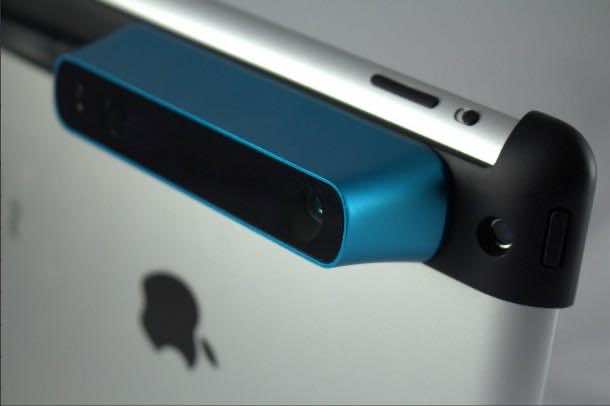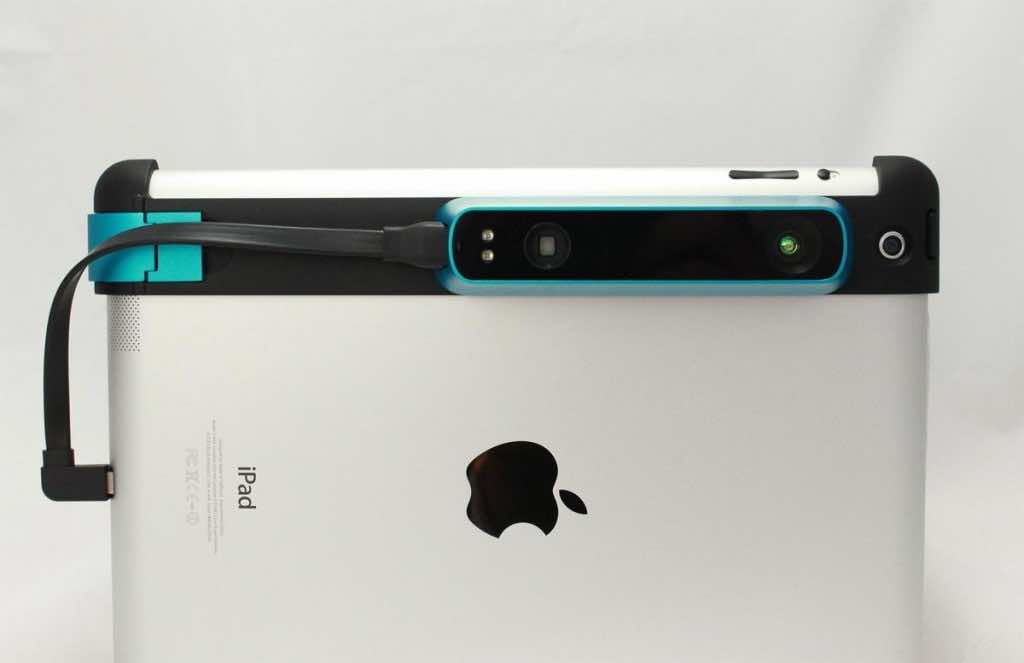Wouldn’t it be amazing if you could 3D scan an object, person or even a room without using those really expensive machines? You could say that again for here comes a new Structure Sensor that is capable of getting attached to your iPad and works by scanning and importing 3D images of rooms, people and objects. The gadget comes from Occipital bills and is being called the World’s first 3D sensor for mobile devices – the statement will hold true for now since the Google’s Project Tango is still quite far away from commercialization phase.
The Structure Sensor kicked off as a Kickstarter campaign in 2013 and is very close to being commercially available. The pricing has been decided and a small collection of apps are showing off what the gadget is capable of. In simplest of terms, Structure Sensor can be dubbed as an add on for iPads (laptop, desktop too if you choose to purchase the $39 USB cable, however, you’d be missing out on iPad’s camera if you do so) and can be affixed to the iPad by making use of the bracket that comes as part of the package. Four screws, tiny ones, are used to attach it, however, we are hoping that future versions won’t need screws to remain in place.
The gadget, essentially, works like a Kinect sensor. The laser projected will cover the area and objects in a mesh like (quite futuristic) assembly of dots that the camera then uses to identify shapes and distance. The gadget doesn’t have a camera of its own, yet, it is capable of fully utilizing the iPad’s camera. The gadget, as per the manufacturer’s claim, is capable of reading at 30 frames per second in VGA resolution and precision increases to millimeters if you are up close to the object. Using it is quite easy and those who have tried the units say that they became experts with the device by the time they were scanning the third item. The gadget, however, has some difficulty in tackling items that are uniformly colored.
Scanning object like this will allow you to 3D print parts later on and this could mean that you won’t have to worry about finding the right fit when a piece of equipment breaks down since you can simply 3D print the exact same item. The only down side is the price; $399.
Although we are afraid it won’t have much success on the consumer’s end we are sure that it would do great with developers and other such industries.

